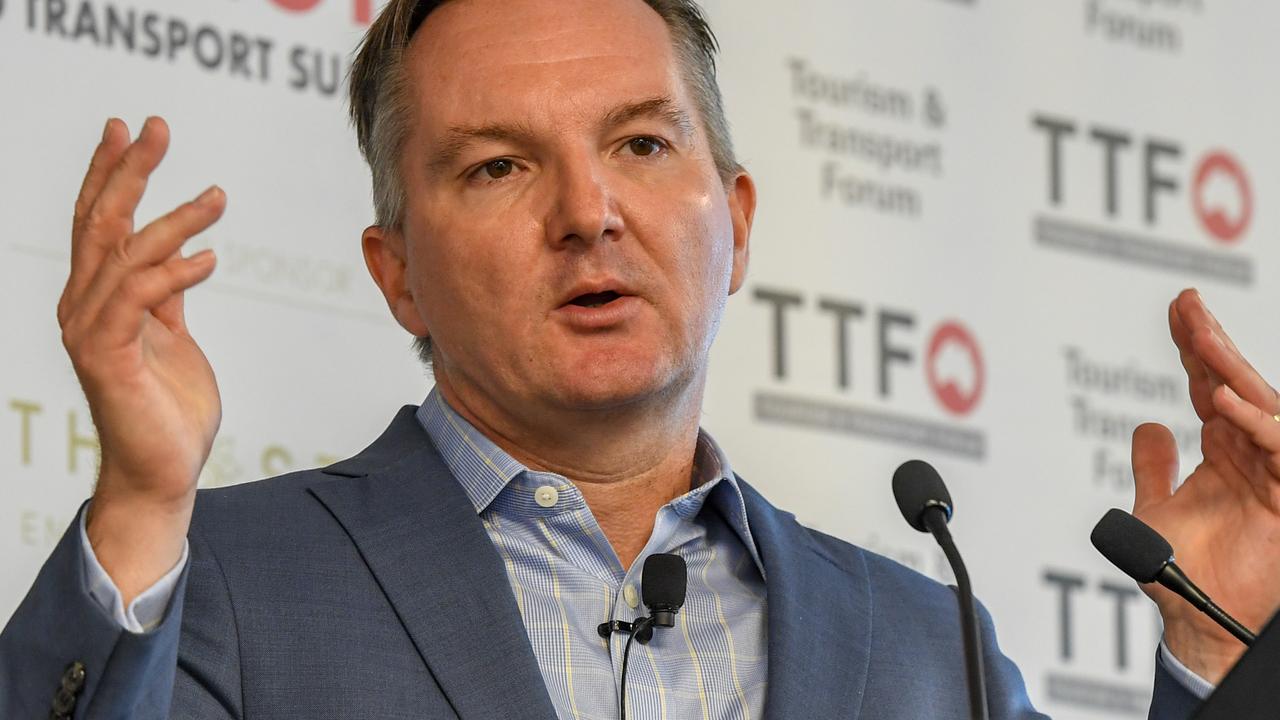The big battle ahead for Big W
Sidetracked by the Masters debacle, Woolworths allowed Kmart to dominate Big W. It’s now a life or death problem.

The shape of the retail sector in coming years will be determined by the success or failure of these new strategies.
We are watching two enormous multi-billion dollar retail chains, Big W and Target, being transformed in a life and death battle.
The looming strategic battles are highlighted in today’s Woolworths profit announcement, where we see that its supermarket core operation has regained the initiative over Coles. But Coles is not lying down and is revamping its business to further lower its cost base and prices. That involves substantial investment and is a medium term project that is vital for its future. Both Woolworths and Coles have strong databases and in part the outcome of the next round of the battle will be determined by their skills in using that data.
But perhaps the more intense strategic battle starts with Kmart. Just under a decade ago Kmart was in desperate trouble. Wesfarmers recruited Guy Russo from McDonalds to take charge of Kmart and he transformed it into a successful retailer by driving down prices and dramatically improving the quality and selection of the Kmart merchandise. It was one if the greatest recent retail success stories in Australia.
The success of Kmart created casualties. The first was Big W, which had grown brilliantly on the back of the Kmart decline. As Kmart recovered, Woolworths’ management was sidetracked by the Masters debacle and did not recognise that Big W would have to change dramatically to combat the new Kmart. The new Woolworths management has woken up and is starting on the project and warns that results will be bad for an extended period. But in today’s profit report, Big W is classified as a “portfolio investment”. In other words, it is not a permanent part of the business which I believe makes the task of catching up to Kmart harder. This is what Woolworths directors say: “A significant body of work was undertaken to build out a turnaround plan to stabilise and improve the (Big W) business.
“We put the customer back at the heart of Big W by developing a strategy focused on rebuilding customer trust on price and deliver the right product solutions, while enhancing our customers’ shopping experience in-store and online.
“We have started to make a number of changes across the business to rebuild team morale and capability and create a strong platform to re-establish our price credentials.
“The Big W turnaround will be a multi-year journey and while we hope to stabilise sales in FY18, we do not expect an improvement in trading performance due to the investment required to regain customer trust on price, improve our product offering and enhance the customer shopping experience.”
Guy Russo made similar statements when he started on Kmart and he will be watching Big W’s every move as they try and take market share from Kmart. Russo and his Kmart executives are determined not to lose ground to Big W.
One of Russo’s biggest problems at Kmart was the long property leases that Kmart held. Over the past 10 years the Kmart leases have been streamlined but it was a long process tackled lease by lease covering hundreds of properties. Big W has the same problem and has started on its lease problem with a writedown.
A second casualty of the Kmart success was another part of the Wesfarmers stable, Target. Like Big W, Target lost its way. Wesfarmers CEO Richard Goyder took the radical step of giving the task of fixing Target to Guy Russo. Like Kmart and Big W, Target faces an immense “bricks and mortar” lease problem. Target has many stores that are badly sited and/or too big. The leases are often for 10 to 20 years. Russo saw the same problem at Kmart and knows it will take many years to fix.
Kmart has now become too strong in the down-market area so Target must move up-market a few notches and attack the retailers who have high priced goods on big margins. There will be intense competition in this area from Amazon. Target fell over partly because of bad stock selection. The first step for Russo has been to improve the quality and selection of Target merchandise. This step must be skilfully managed if Target is to re-emerge as a successful retailer.
Finally, Bunnings is basking in its success in Australia but attempting to transfer its retail skills to the UK. By Christmas it will have 15 Bunnings stores, including sausages out the front (albeit UK sausages). The current signs are good but during 2018 the board of Wesfarmers must decide whether to retreat or go in deeper. If Bunnings’ 15 stores are successful it will have to thrust hard or others will eat its lunch basking on the back of the Bunnings trial. If it fails then it must retreat quickly and be blasted by the local institutions.
The worst situation is one where it is a partial success so Bunnings UK keeps going with a business that is too small but where it is frightened to go in deeper.
In my view, too many Australian companies are so frightened of the institutions that they will not take risks. Full marks to Wesfarmers for risking a small amount of their total capital. The rewards will be enormous if it succeeds. Meanwhile, the 2018 year will be an important one for so many Australian retailers.




The management of Woolworths and the Wesfarmers arms of Coles, Kmart, Target and Bunnings are being tested as they embark on massive new management thrusts.